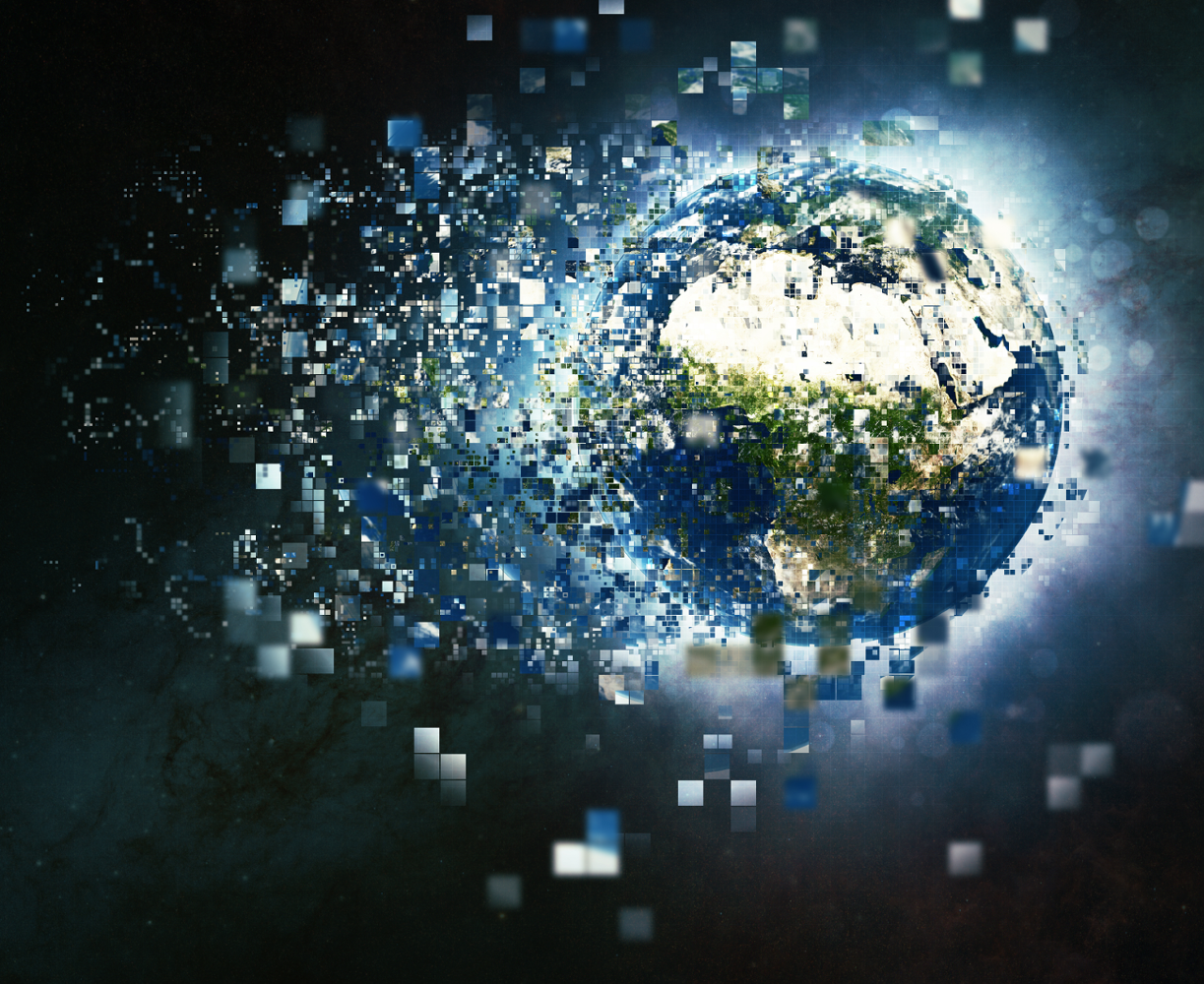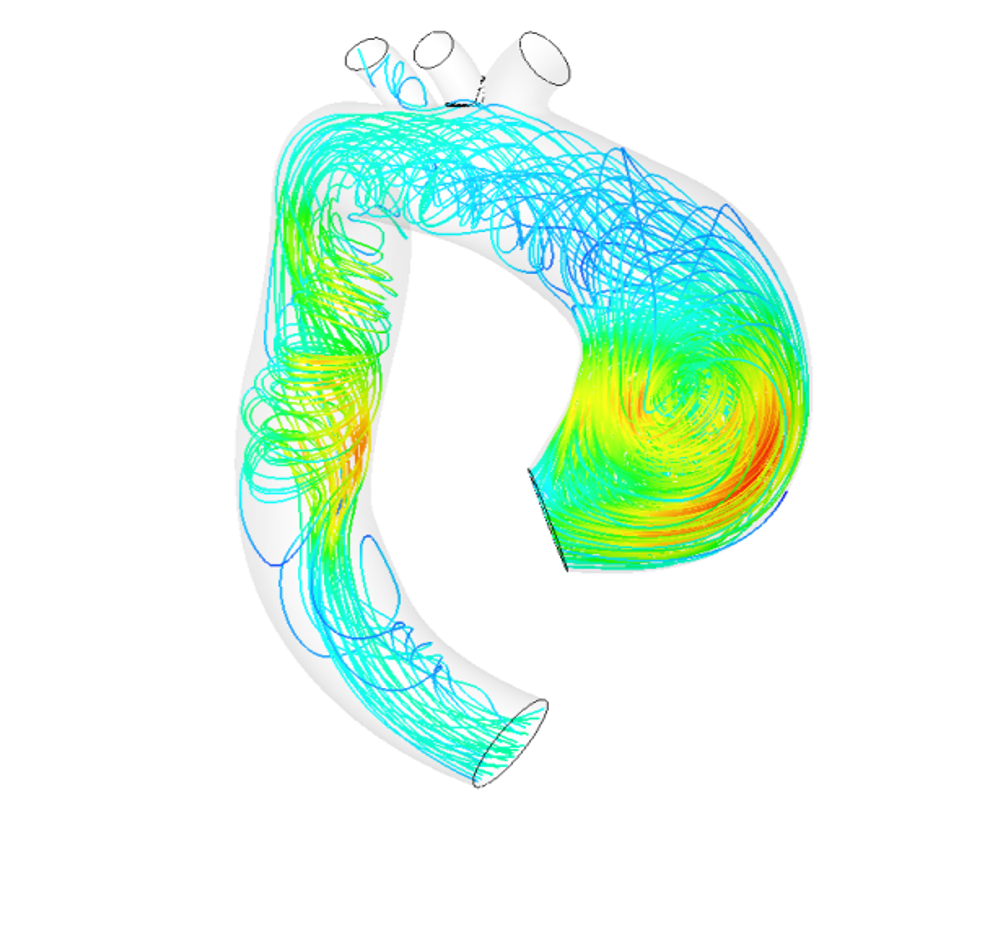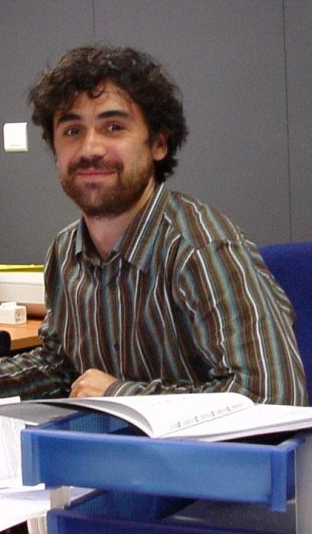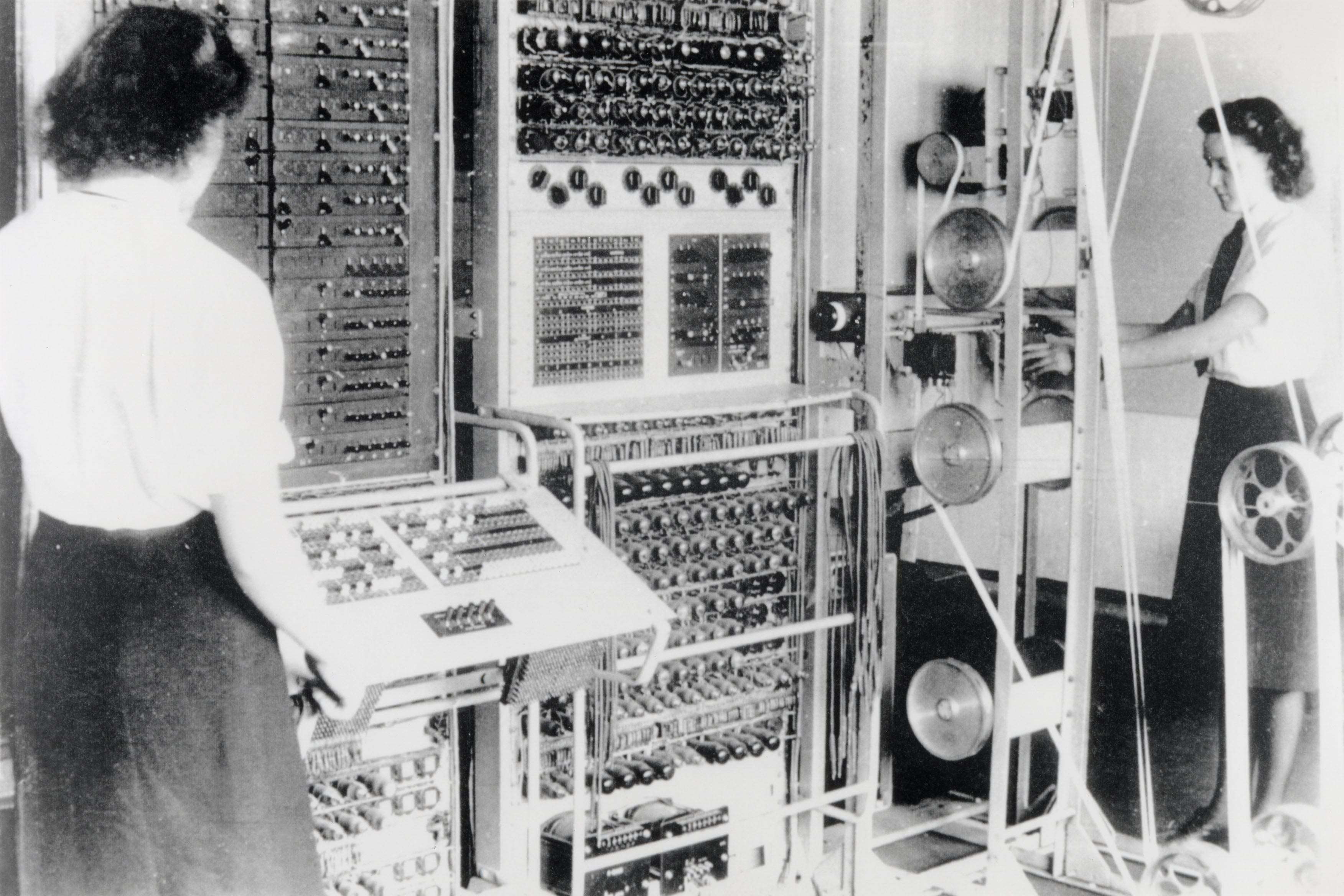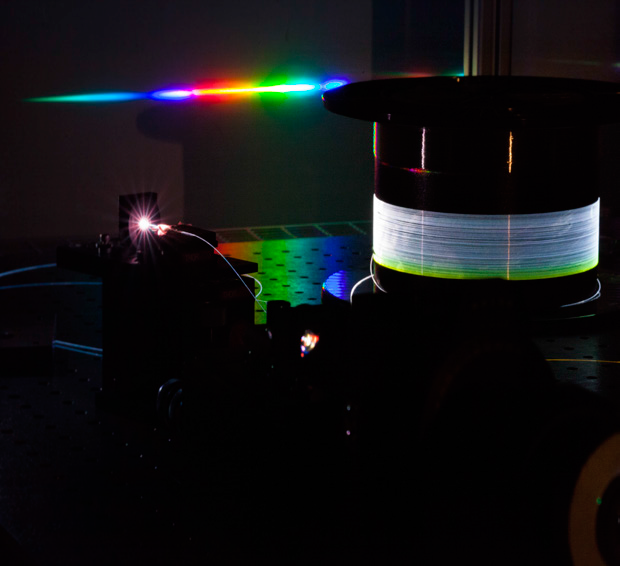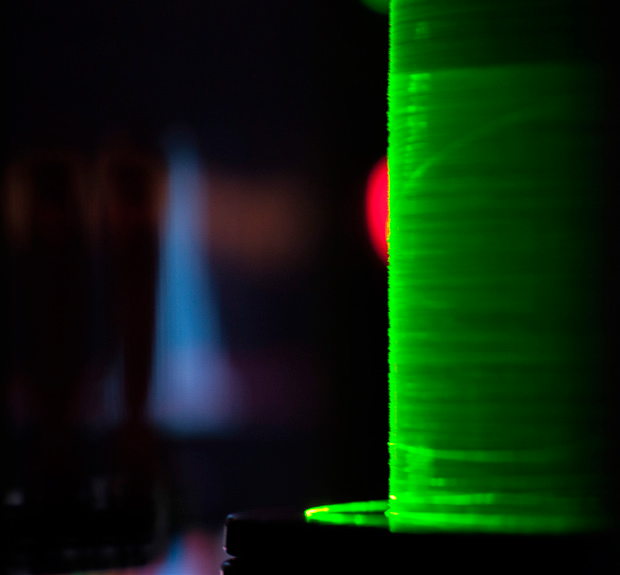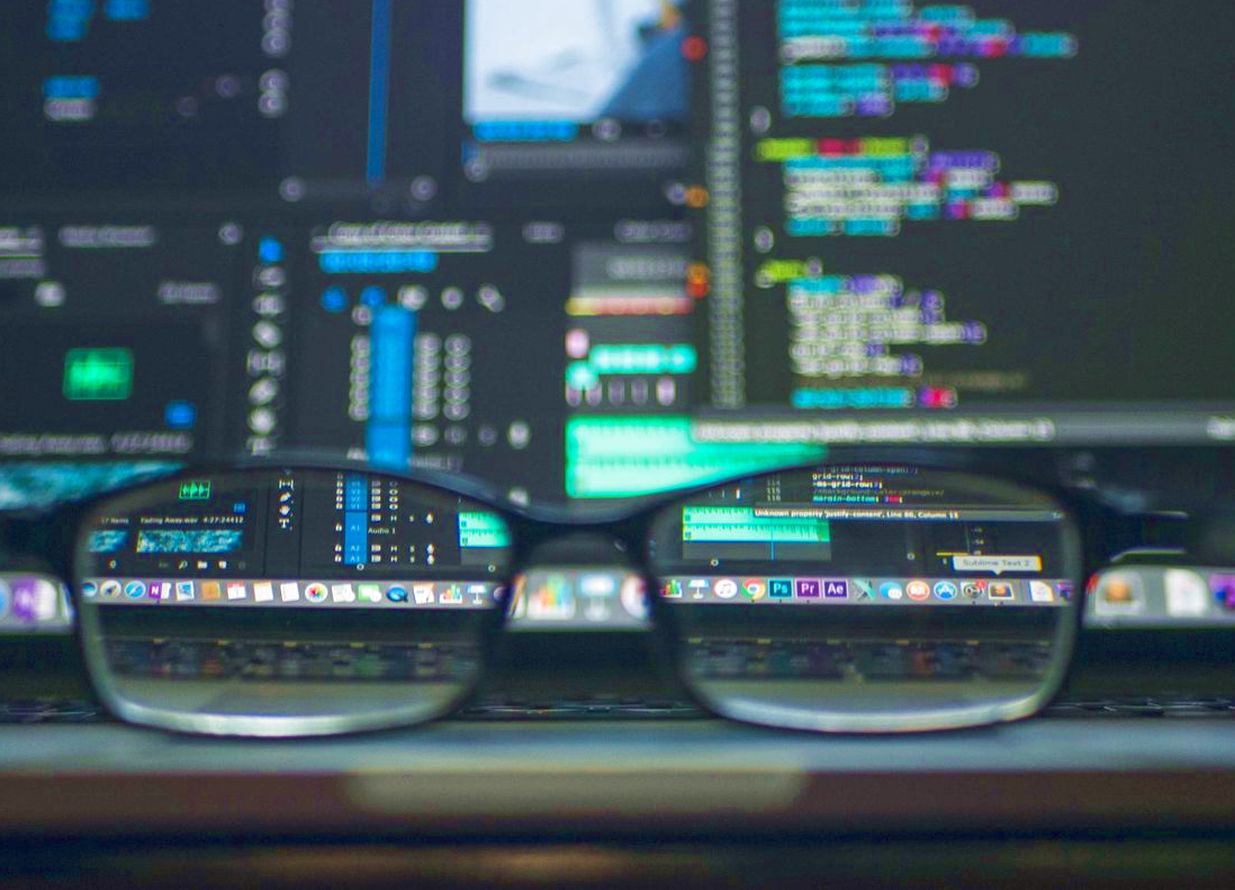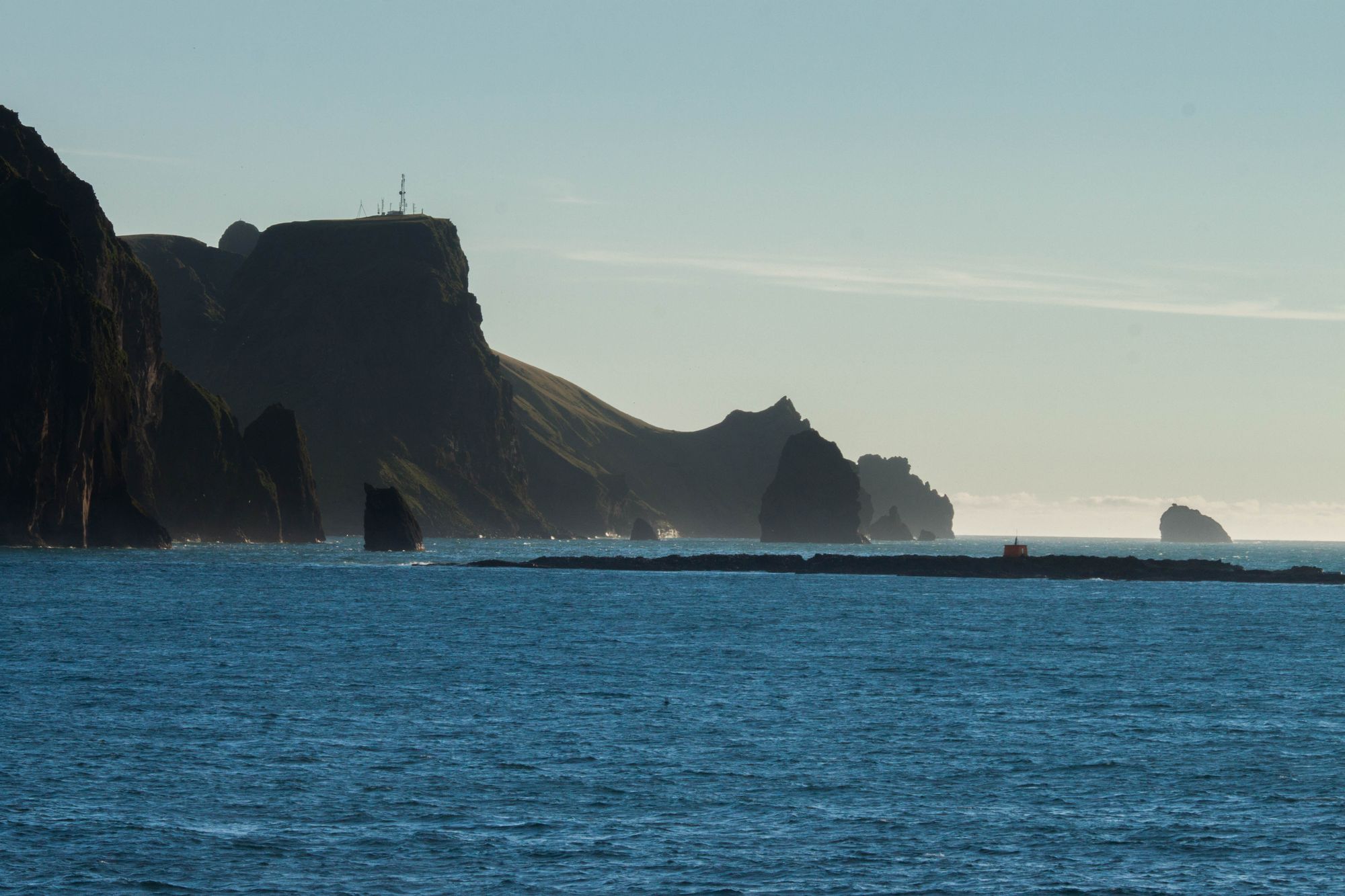Will the earth stop rotating after August 1st?
By Natacha Gondran, researcher at Mines Saint-Étienne, and Aurélien Boutaud.
The original version of this article (in French) was published in The Conversation.
[divider style=”normal” top=”20″ bottom=”20″]
[dropcap]I[/dropcap]t has become an annual summer tradition, much like France’s Music Festival or the Tour de France. Every August, right when French people are focused on enjoying their vacation, an alarming story begins to spread through the news: it’s Earth Overshoot Day!
From this fateful date through to the end of the year, humanity will be living at nature’s expense as it runs up an ecological debt. Just imagine vacationers on the beach or at their campsite discovering, through the magic of mobile networks, the news of this imminent breakdown.
Will the earth cease to rotate after August 1st? The answer is… No. There is no need to panic (well, not quite yet.) Once again, this year, the Earth will continue to rotate even after Earth Overshoot Day has come and gone. In the meantime, let’s take a closer look at how this date is calculated and how much it is worth from a scientific standpoint.
Is the ecological footprint serious?
Earth Overshoot Day is calculated based on the results of the “ecological footprint”, an indicator invented in the early 1990s by two researchers from the University of British Columbia in Vancouver. Mathis Wackernagel and William Rees sought to develop a synoptic tool that would measure the toll of human activity on the biosphere. They then thought of estimating the surface area of the land and the sea that would be required to meet humanity’s needs.
More specifically, the ecological footprint measures two things: on the one hand, the biologically productive surface area required to produce certain renewable resources (food, textile fibers and other biomass); on the other, the surface area that should be available to sequester certain pollutants in the biosphere.
In the early 2000s the concept proved extremely successful, with a vast number of research articles published on the subject, which contributed to making the calculation of the ecological footprint more robust and detailed.
Today, based on hundreds of statistical data entries, the NGO Global Footprint Network estimates humanity’s ecological footprint at approximately 2.7 hectares per capita. However, this global average conceals huge disparities: while an American’s ecological footprint exceeds 8 hectares, that of an Afghan is less than 1 hectare.
Overconsumption of resources
It goes without saying: the Earth’s biologically productive surfaces are finite. This is what makes the comparison between humanity’s ecological footprint and the planet’s biocapacity so relevant. This biocapacity represents approximately 12 billion hectares (of forests, cultivated fields, pasture land and fishing areas), or an average of 1.7 hectares per capita in 2012.
The comparison between ecological footprint and biocapacity therefore results in this undeniable fact: each year, humanity consumes more services from the biosphere that it can regenerate. In fact, it would take one and a half planets to sustainably provide for humanity’s needs. In other words, by August, humanity has already consumed the equivalent of the world’s biocapacity for one world.
These calculations are what led to the famous Earth Overshoot Day.
This year’s #EarthOvershootDay lands on August 1 when it used to be in late September in 2000. Earth Overshoot Day marks the date when humanity has used more from nature than the planet can regenerate in a year. Learn to #MoveTheDate: https://t.co/Dq8zZvXqhQ pic.twitter.com/pYBhjbBnis
— WWF-Philippines (@WWF_Philippines) July 30, 2018
Legitimate Criticism
Of course, the ecological footprint is not immune to criticism. One criticism is that it focuses its analysis on the living portion of natural capital only and fails to include numerous issues, such as the pressure on mineral resources and chemical and nuclear pollution.
The accounting system for the ecological footprint is also very anthropocentric: biocapacity is estimated based on the principle that natural surfaces are at humanity’s complete disposal, ignoring the threats that human exploitation of ecosystems can pose for biodiversity.
Yet most criticism is aimed at the way the ecological footprint of fossil fuels is calculated. In fact, those who designed the ecological footprint based the concept on the observation that fossil fuels were a sort of “canned” photosynthetic energy–since they resulted from the transformation of organic matter that decomposed millions of years ago. The combustion of this matter therefore amounts to transferring carbon of organic origin into the atmosphere. In theory, this carbon could be sequestered in the biosphere… If only the biological carbon sinks were sufficient.
Therefore, what the ecological footprint measures is in fact a “phantom surface” of the biosphere that would be required to sequester the carbon that is accumulating in the atmosphere and causing the climate change we experience. This methodological discovery makes it possible to transfer tons of CO₂ into “sequestration surfaces”, which can then be added to the “production surfaces”.
While this is a clever principle, it poses two problems: first, almost the entire deficit observed by the ecological footprint is linked to the combustion of fossil fuels; and second, the choice of the coefficient between tons of CO₂ and sequestration surfaces is questionable, since several different hypotheses can produce significantly different results..
Is the ecological deficit underestimated?
Most of this criticism was anticipated by the designers of the ecological footprint.
Based on the principle that “everything simple is false, everything complex is unusable” (Paul Valéry), they opted for methodological choices that would produce aggregated results that could be understood by the average citizen. However, it should be noted that, for the most part, these choices were made to ensure that the ecological deficit was not overestimated. Therefore, a more rigorous or more exhaustive calculation would result in the increase of the observed deficit… And thus, an even earlier “celebration” of Earth Overshoot Day.
Finally, it is worth noting that this observation of an ecological overshoot is now widely confirmed by another scientific community which has, for the past ten years, worked in more detail on the “planetary boundaries” concept.
This work revealed nine areas of concern which represent ecological thresholds beyond which the conditions of life on Earth could no longer be guaranteed, since we would be leaving the stable state that has characterized the planet’s ecosystem for 10,000 years.
For three of these issues, it appears the limits have already been exceeded: the species’ extinction rate, and the balance of the biogeochemical cycle of nitrogen and that of phosphorus. We are also dangerously close to the thresholds in the areas of climate change and the use of land surface. In addition, we cannot rule out the possibility of new causes for concern arising in the future.
Earth Overshoot Day is therefore worthy of our attention, since it reminds us of this inescapable reality: we are exceeding several of our planet’s ecological limits. Humanity must take this reality more seriously. Otherwise, the Earth might someday continue to rotate… but without us.
[divider style=”normal” top=”20″ bottom=”20″]
Aurélien Boutaud and Natacha Gondran co-authored « L’empreinte écologique » (éditions La Découverte, 2018).

